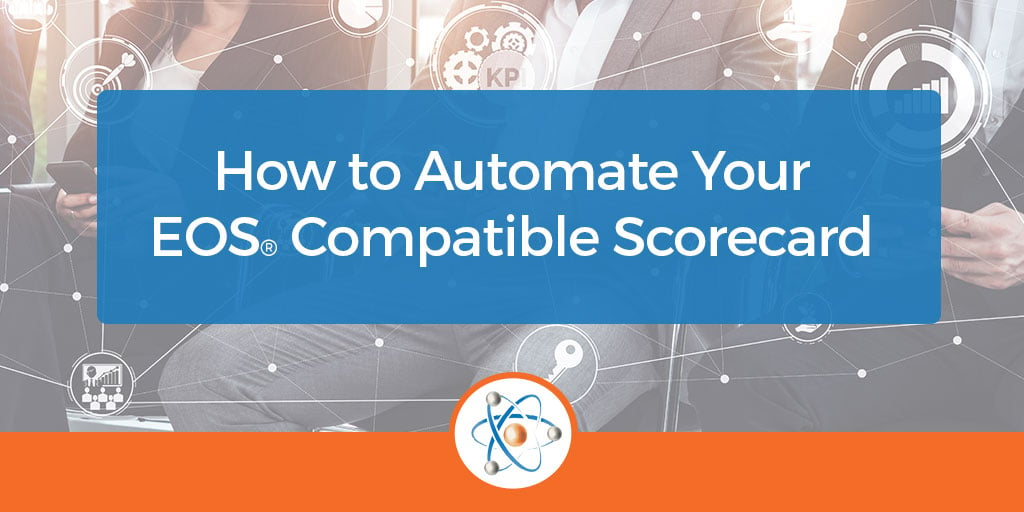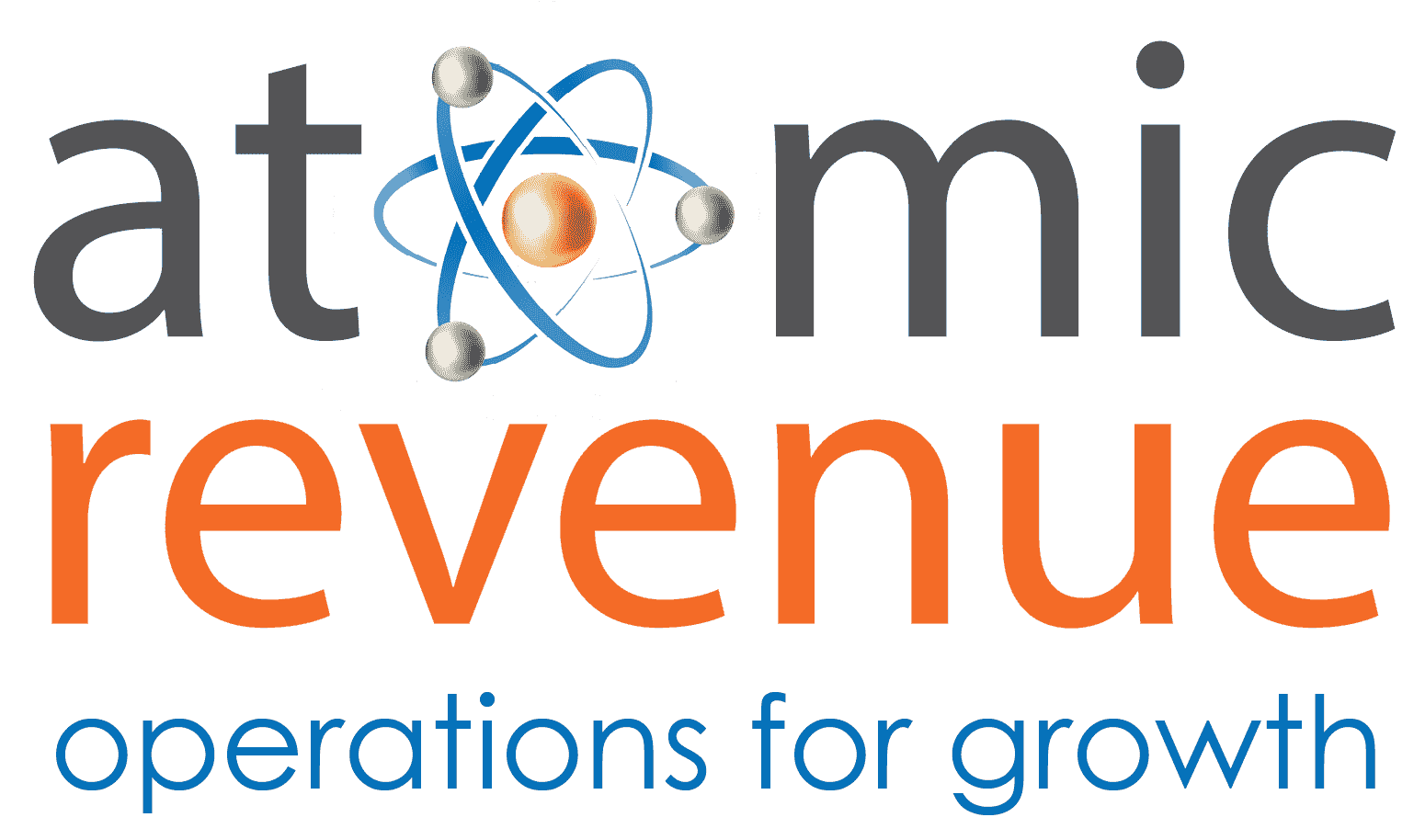Atomic Revenue specializes in Solving Growth Challenges for B2B Engineering/ Technical Services Firms, and Technology Service Providers, driving predictable profitability. We align all the parts of a business, measure all outcomes, and empower people through process and data for end-to-end revenue production™ to help companies reach their ultimate objective — real, sustainable growth. So why did we choose to run on EOS when we already help our clients in the same cadence?
A revenue operations strategy, or lack thereof, can make or break your business. Without strategies in place, your business lacks vision and direction, and your team cannot clearly work towards a common goal ‒ meaning it is leaving potential revenue on the table. Yet, creating the necessary strategies can feel like a daunting task. So, where do you start? How can you utilize RevOps strategies to create end-to-end revenue production in your organization? Luckily, that’s our specialty. Keep reading to learn simple practices you can implement.
Do your sales reps do their own thing? Are you able to develop goals, measure results, and adjust expectations and actions based on data or is it a free-for-all? According to recent studies, only 33% of sales reps’ time is spent actively selling1, and 40% of their time is looking for someone to call2. Add to that the fact that up to 70% of the B2B buyer’s journey is complete before a sales rep is ever involved in the process. It’s no wonder companies are struggling to increase revenue.
The search for a Chief Marketing Officer (CMO) can be long and expensive, and even more so if the wrong person is chosen and there’s an influx of instability. Therefore, while taking the time to fill the CMO position with the right person, a fractional executive combined with a team of subject matter experts (SMEs) can keep a company moving forward during the CMO search. This is where the Atomic Revenue and IPRO collaboration began.
When your B2B company provides value to its customers and they reward you by remaining loyal and referring others, you increase the value of your business. That’s why you got into business in the first place, right? Now, the hard question – do you know the valuation of your company today and how to increase that valuation year-over-year until you’re ready to exit? Most business owners feel they know the answer to this, but when it’s time to start exiting, they’re unpleasantly surprised.
In 2019, when Brian Peterson joined Atomic Revenue as a consultant, Atomic Revenue was growing at a rapid pace – from a nationwide, entrepreneurial team of seven, then twelve, then on to 42 within a year. There was no doubt, with our rapidly growing company and unusual structure, we needed his expertise and skillset to develop an operations and finance strategy, and a fine-tuned structure to support revenue growth.
How a Fire Protection Engineering Firm Increased NOI in a Down Market
When Atomic Revenue met the AIE management team in 2019, the company was facing a myriad of challenges, including, but not limited to, the fact that most revenue was tied to one client who was contemplating a reduced contract. AIE, also known as Alternatives in Engineering, also had a confusing brand identity, a website security issue, a longer sales cycle than most, trade show spend that was not paying off, and a multi-generational family leadership team taking over the company. Then the pandemic hit, and their largest client did, in fact, minimize their service contract.
In the modern business world, there are certain terms and phrases related to data that are important yet poorly understood because they’re often misused or made to seem overly complex. I’ve clarified the meaning of some of this terminology before, and today I want to talk about one specific adjective that you’ve probably seen countless times on LinkedIn, company websites (including this one), and business publications from Forbes to Fast Company: data-driven.
The beauty of the EOS® model is that it provides consistent, repetitive guidelines and tasks that help you streamline how you monitor your business’s success through habit development. By using your EOS-compatible scorecard to set up your goals and keep them consistent, you’ll eventually track your actions out of habit, without thinking about the tracking aspect. It becomes second nature when you switch from thinking about HOW your tasks are tracked to accepting that the data IS tracked. This allows you to focus on developing actionable plans based on the reported data.

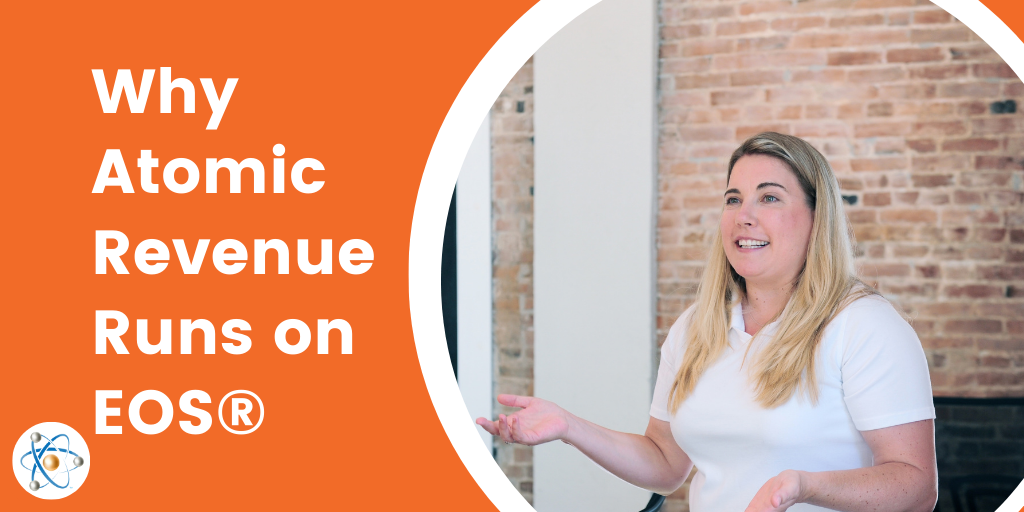
-1.png)
.png)
.png)
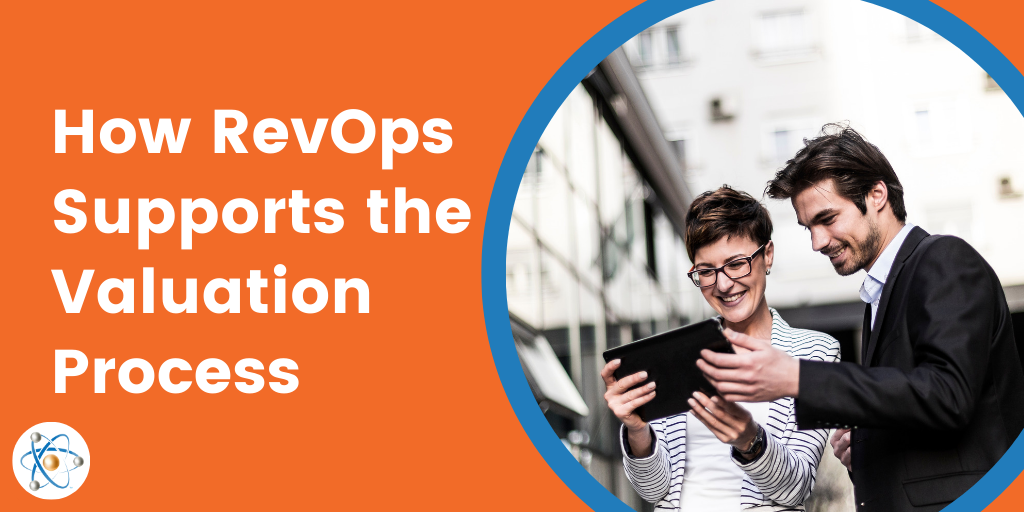
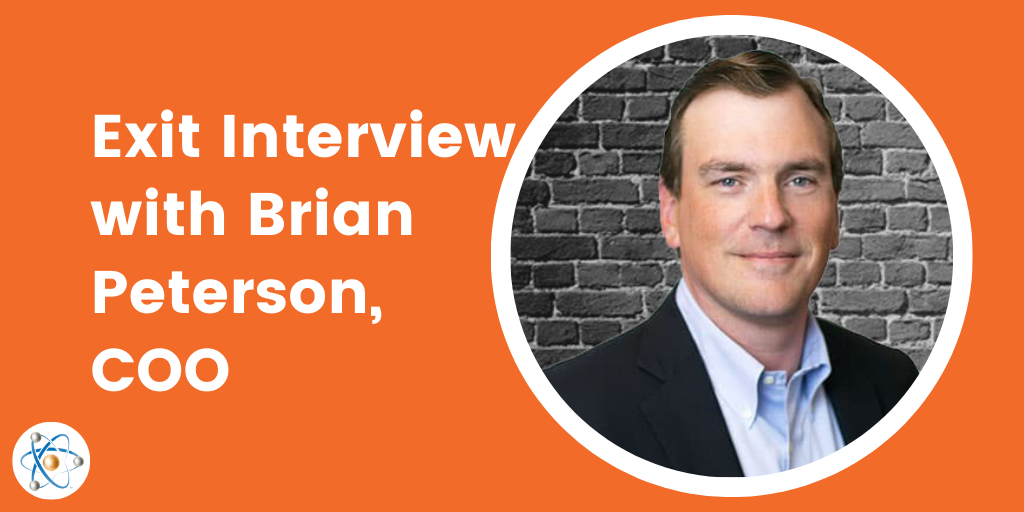
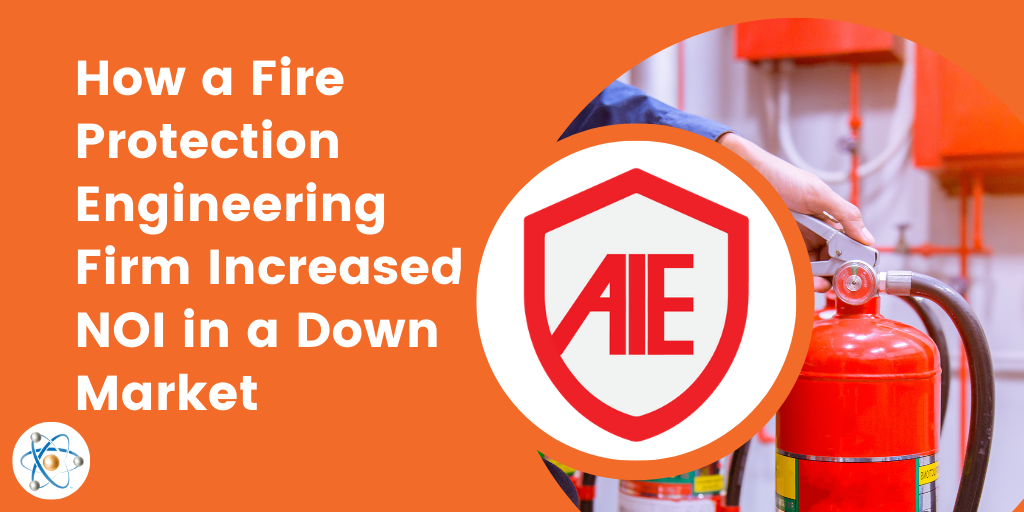
.png)
